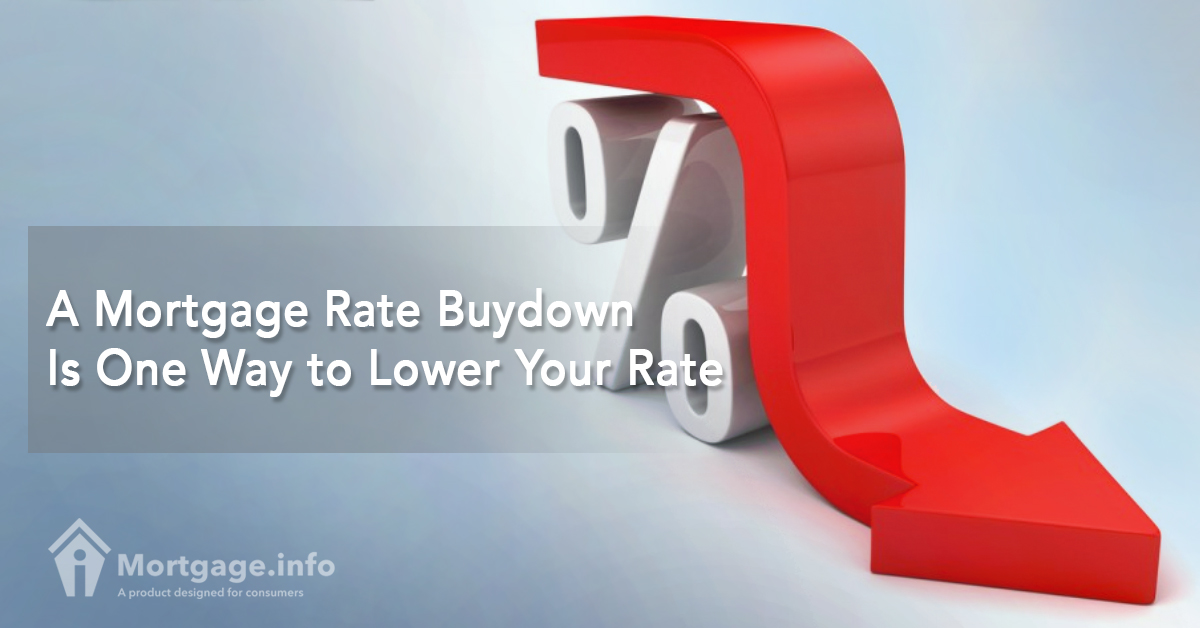Working towards getting a lower rate is a common goal when buying a home or refinancing an existing mortgage. One way to do that is by buying down your mortgage rate. If done right, your mortgage rate buydown could save you on monthly payments and pay less interest throughout the life of the loan.
How does “buying down your mortgage rate” work?
You buy down your mortgage rate when you pay points upfront to get a reduced rate. These points are prepaid interest (i.e. paid at closing), representing 1% of the total loan amount.
To draw a useful rate comparison, you can ask a mortgage banker/lender for a rate sheet that lists down the rate and the corresponding point needed to be paid up. How each point is calculated for each rate is not cast in stone but what’s clear is: as the rate dives lower, the point goes higher.
For example, today’s rate is 4.32% on a 30-year fixed-rate mortgage. Just assuming that to bring that rate to 4%, you will need to pay 1 point, which is equivalent to $2,000 on a $200,000 mortgage.
Per the assumption, the monthly interest + principal and total interest paid will be:
- At the rate of 4.32%, monthly PI is $992.09 and total interest is $157,155.
- At the rate of 4.00%, monthly PI is $954.83 and total interest is $143,739.
Is buying a low rate for you?
Saving at least $10,000 in interest over the life of the loan and almost $40 off your monthly payment based on the example above is tempting enough. But, as in any major financial decision involving mortgages, it’s not for everyone.
To help you decide if a mortgage rate buydown is exactly what you need right now, consider these points.
Short-term vs. Long-term. A mortgage rate buydown is a long-term strategy. Its savings and benefits can be realized if you stay long enough in the home. By long enough, it could mean seven years or more into your 30-year mortgage.
Just like when do you refinancing, determine your mortgage breakeven point or the time when the savings would outweigh the costs. Divide your projected monthly savings by the cost needed to get the reduced rate. Using our example, divide $2,000 by $37 and you’ll get 54 months or 4.5 years to break even.
Small or Big Down Payment. If it makes sense to buy down your mortgage rate would depend on your down payment. If you put down less than 20% of the total purchase amount, you’ll be required to pay for a private mortgage insurance that adds up to your monthly mortgage payment.
With PMI in the equation, the mortgage monthly payment becomes more expensive than the savings to be derived from a lower rate.
Pay Now or Later? You must have enough cash or reserves at closing to buy your rate besides paying for closing costs. Although it’s possible for some lenders to allow these upfront fees to be rolled into the mortgage. And that paying discount points when buying or refinancing could be tax-deductible.
There is also the question of whether lenders will allow you to buy a low rate and for how much points in light of standards limiting loan points and fees. These questions and more can be answered directly by a lender.

